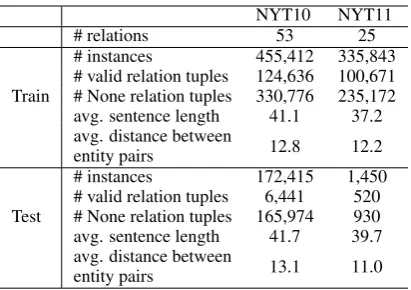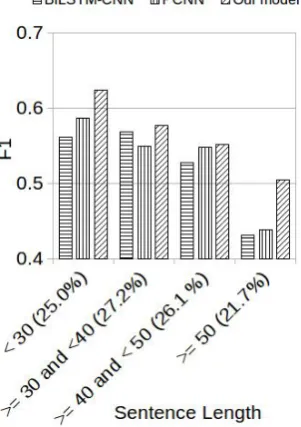Effective Attention Modeling for Neural Relation Extraction
Full text
Figure




Related documents
We hope that it will help all types of practitioners, including basic skills tutors, ICT tutors and voluntary group co-ordinators, to successfully combine the delivery, teaching
From the previous research, the author tries to find k-optimal with K-Nearest Neighbor method and by testing K-Fold Cross Validation to assist PHU Section of the
Berdasarkan percobaan kopolimerisasi stirena pada film ETFE dengan teknik iradiasi awal yang telah dilakukan, dapat disimpulkan bahwa: persen pencangkokan meningkat
Rheumatology/European League Against Rheumatism; ANNOVAR: Annotation of variants; ATA: Anti-topoisomerase I antibody; BWA: Burrows-Wheeler aligner; DSL: Delta/serrate/lag; GATK:
The forecast model without data assimilation does not take advantage of the possibilities to adapt its parameters to dis- charge observations in real time, as it is based on the
Influence of gap behind the moving contact on anode root on moving contact and cathode root on fixed contact as arc chamber venting opened, choked, closed condition, Ag/C step,
Following a first attack, a resting caterpillar begins its sound train with a long sound unit followed by multiple short units (Fig.. With the exception of one trial, the first unit
Although bradycardia and decreased tissue blood flow during a breath hold will reduce metabolic rate in muscle (above) and other organs (Scholander, 1940; Scholander et al., 1942),

